Owen Luder (1928 – 2021): an appreciation of one of Britain’s best brutalists
Architect Owen Luder, who died recently aged 93, was the pre-eminent exponent of brutalist architecture in the UK
Sue Barr - Photography
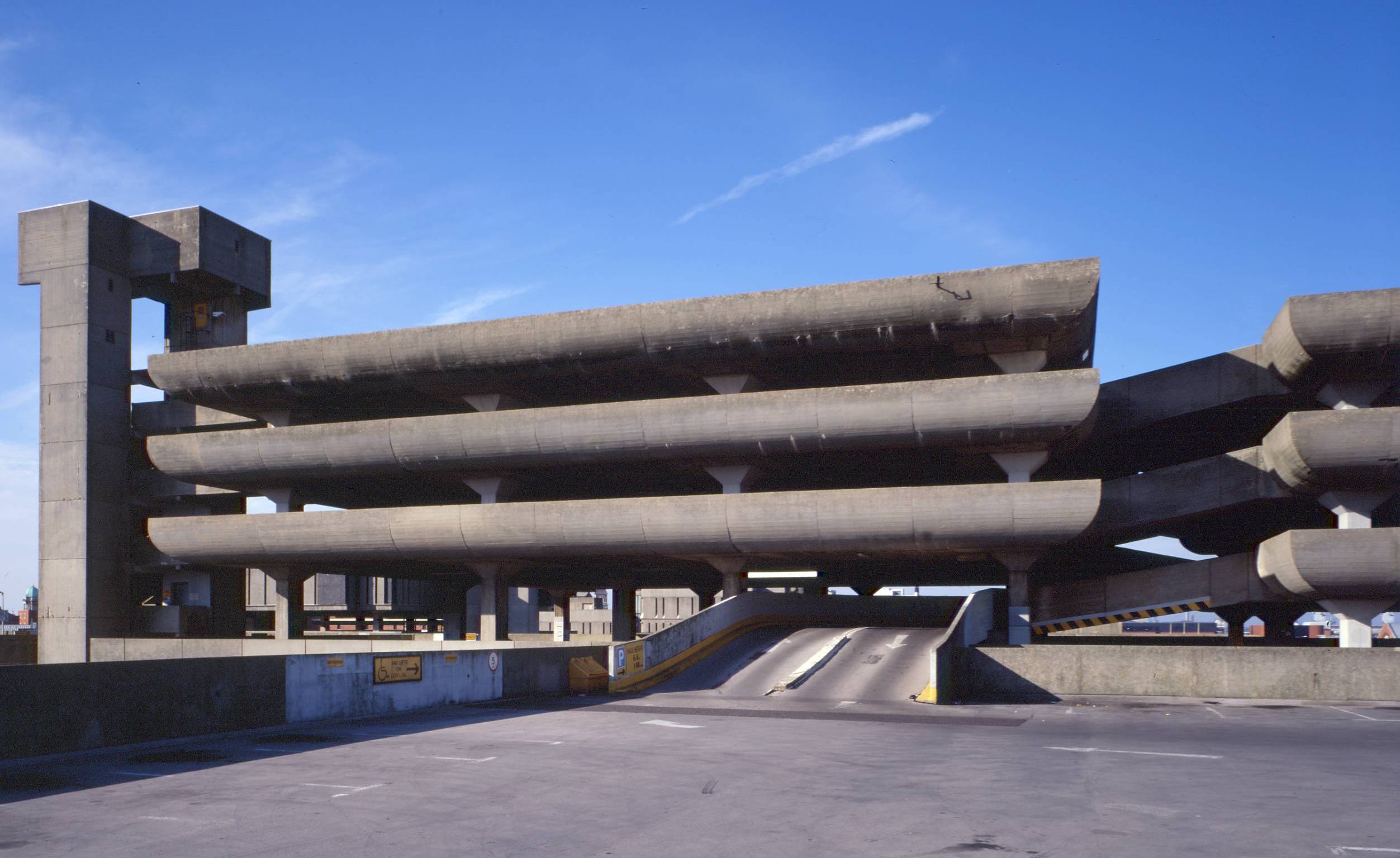
In many respects, Owen Luder, who has died at the age of 93, represents the public image of the archetypal architect. Bow-tied and jovial, he was also perceived to have that clichéd architectural arrogance, a characteristic seemingly baked into place by the raw, rough edges of his most high-profile buildings. Luder was a brutalist. Not just any brutalist, but the pre-eminent exponent of raw concrete brutalist architecture in the UK, with all the plaudits and brickbats that inevitably entailed.
Today, his two most architecturally significant works are long demolished, and many of the surviving structures are substantially altered, but among the profession, he will be remembered enviably for his ability to create (initially) commercially successful schemes without aesthetic compromise.
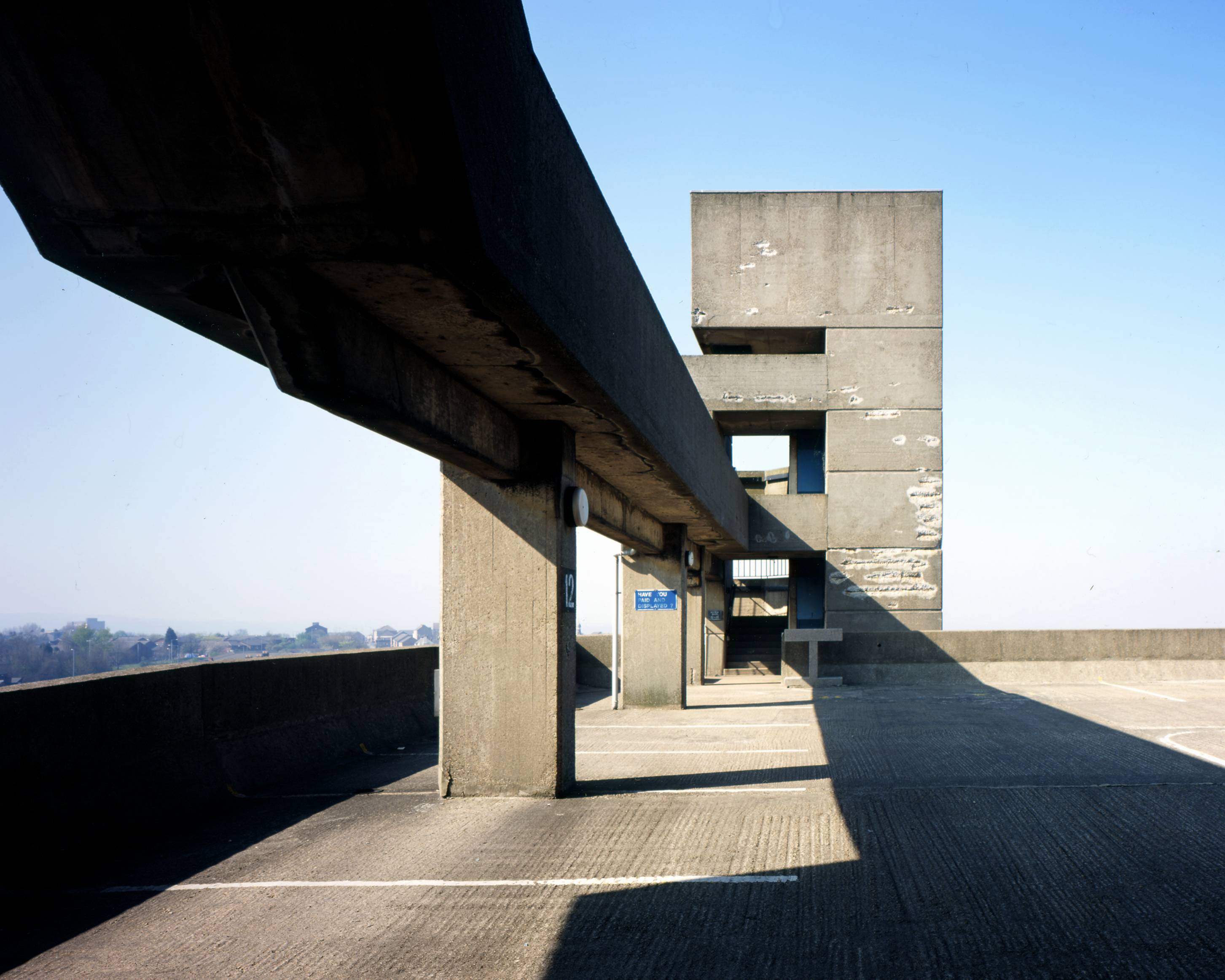
Trinity Square, Gateshead, by the Owen Luder Partnership
As noted, Luder’s two most prominent buildings are now gone, despite loud calls for their preservation. Both the Tricorn Centre in Portsmouth (completed in 1966, demolished in 2004) and the Trinity Square car park in Gateshead (completed in 1967 and demolished in 2010) were monuments to their age. Angular, bold, sculptural, and defiantly modern, they were for many people the absolute definition of brutalism, for better or for worse. Far from being rigorous or monotonous, each building was playfully eclectic, fusing towers and turrets, rough textures, a rooftop café in Newcastle, a covered market in Portsmouth, and vast, cathedral-like concrete spaces that ultimately didn’t take kindly to neglect.
There are hints of Le Corbusier or Paul Rudolph at play, yet each was an individual, self-contained composition. Yet whereas a reputation like Ernö Goldfinger’s grew in stature and gradually raised the respect levels afforded to his buildings, Luder’s visions were bound to the success or failure of retail schemes. Cheap concrete probably didn’t help, and it’s tantalising to imagine what we would have been left with had these buildings been finished with the precision of a Tadao Ando or a David Chipperfield project.
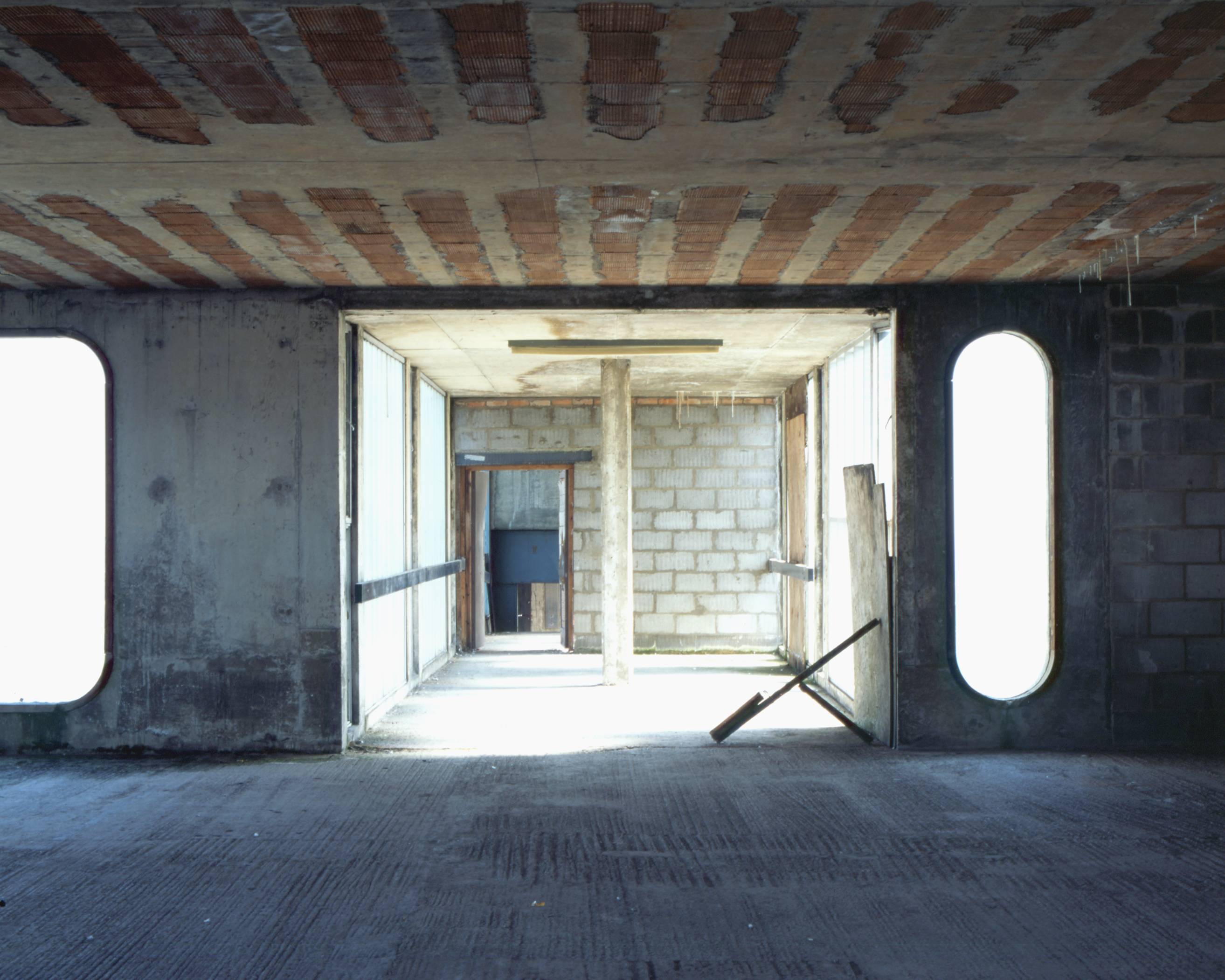
Trinity Square, Gateshead, by the Owen Luder Partnership
Luder set up practice as the Owen Luder Partnership in 1957, after training at the Brixton School of Building. One of his most prominent partners was the architect Rodney Gordon, who joined the firm in 1959 and was lead architect on the Tricorn, Trinity and its surviving sibling, a piece of London brutalist architecture, Eros House in Catford.
Gordon and Luder were the enfants terribles of 1960s architecture, a time when the gulf between professional acclaim and popular opinion was probably far wider than it is today. Try as they might, the British public could not be persuaded to see or celebrate any dark romanticism or abstract intrigue in amongst the rain-streaked concrete, and disdain soon translated into outright opposition. Vandalism, abandonment, and ruin were not far behind.
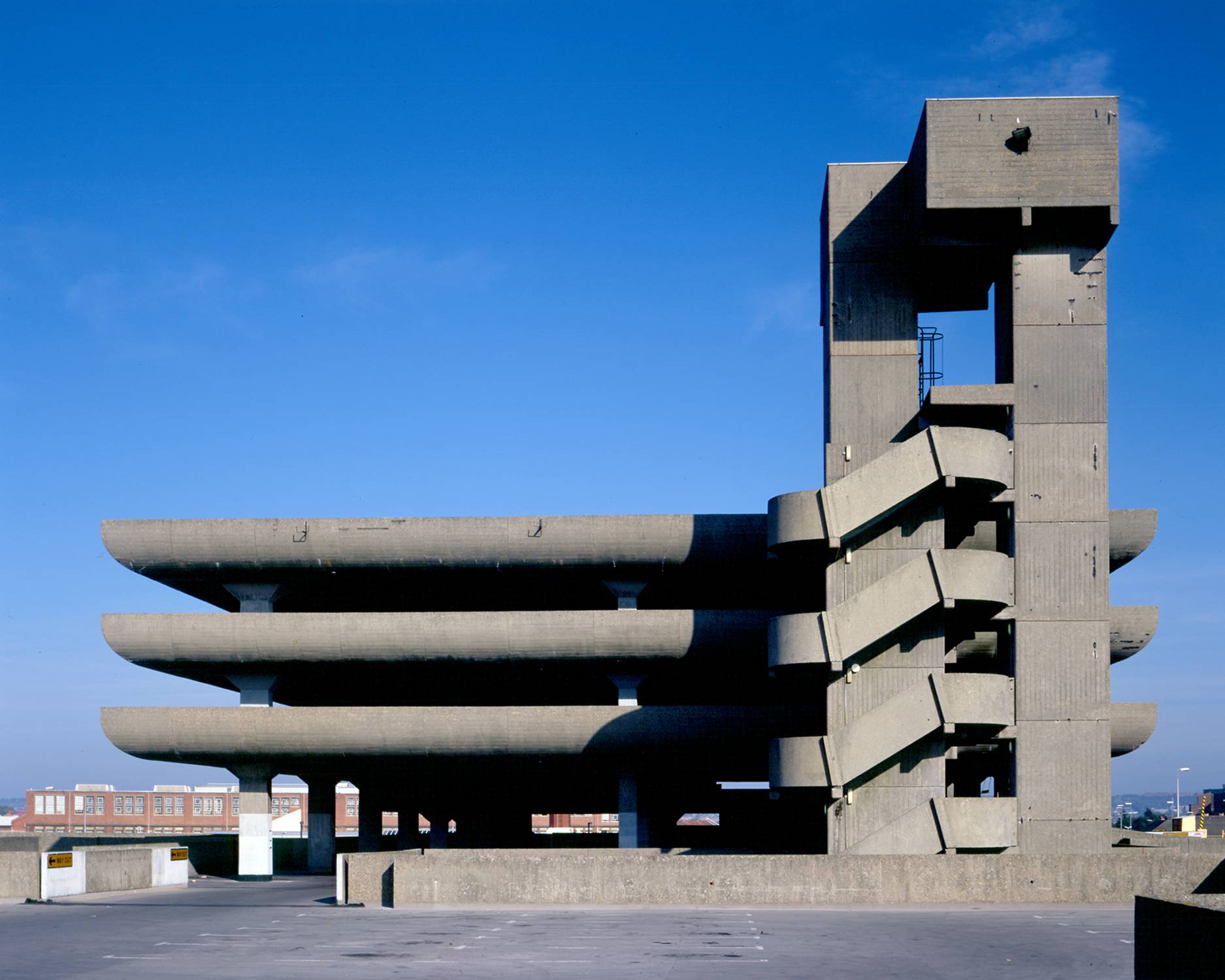
Tricorn Centre, Portsmouth, by the Owen Luder Partnership
Today, with a much broader appreciation of contemporary architecture, as well as a far better understanding of the environmental value of preservation and refurbishment, it would be almost unconscionable to consider demolishing such substantial structures.
Receive our daily digest of inspiration, escapism and design stories from around the world direct to your inbox.
The Tricorn site was never redeveloped and remains a bleak car park. Even the cultural cachet of a starring role in Michael Caine’s brutal Get Carter movie couldn’t save Trinity Square, but car parks can be repurposed – look at London’s Peckham Levels or Miami’s 1111 Lincoln Road multistorey.
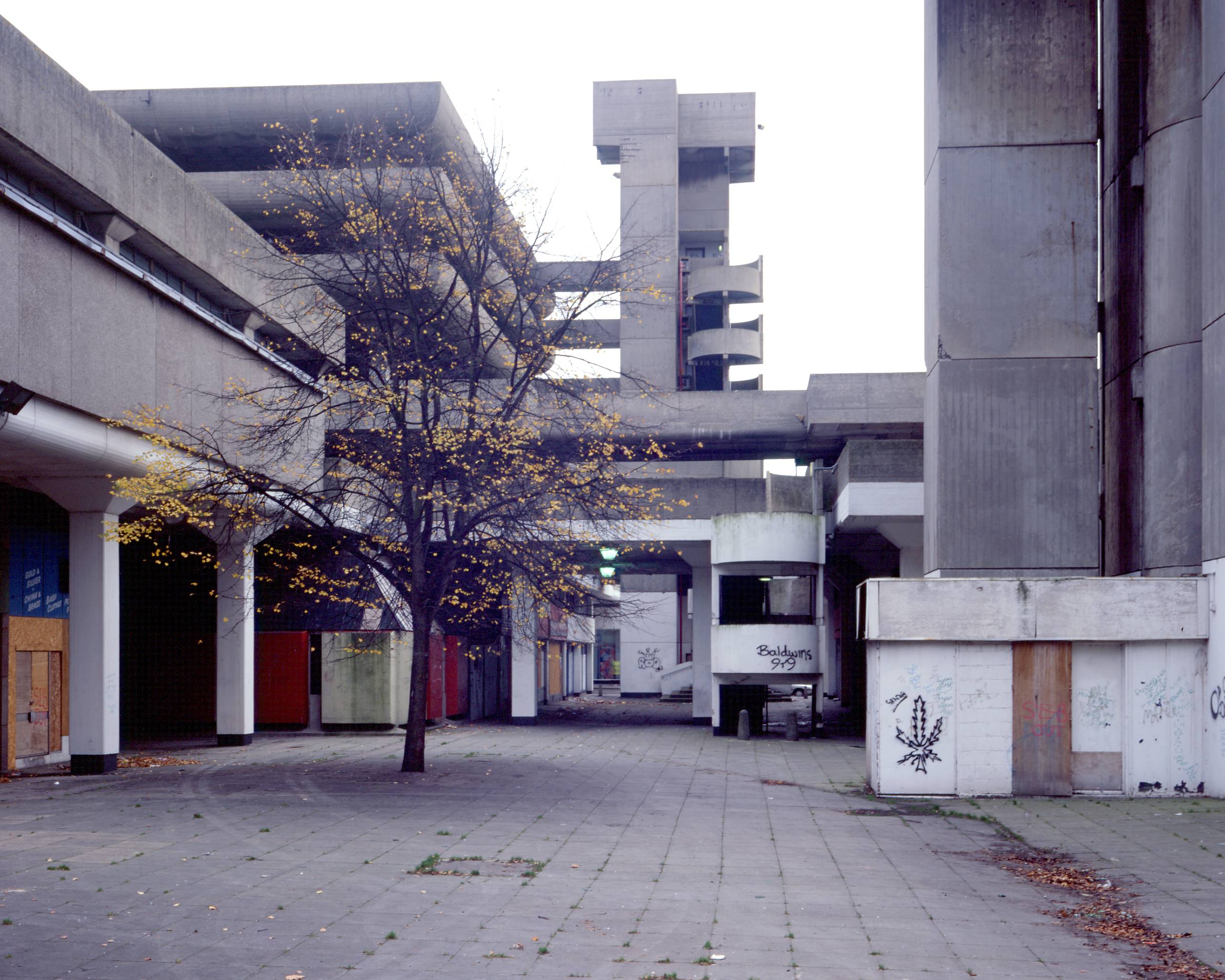
Tricorn Centre, Portsmouth, by the Owen Luder Partnership
Eros House remains, in the midst of London’s South Circular ring road, together with a scattering of private houses and a few small residential schemes. Yet it’s the ‘failure’ of the Tricorn and Trinity that will be Luder’s legacy. As these images taken towards the end of each building’s life by photographer Sue Barr demonstrate, the failure ultimately wasn’t Luder’s, it was ours. A lack of collective imagination and a willingness to embrace difference and diversity sealed the fate of these pioneering concrete buildings.
Things are different now, with brutalism from all eras emblazoned approvingly across social media. Owen Luder was a pioneer, and his influence continues to be felt.
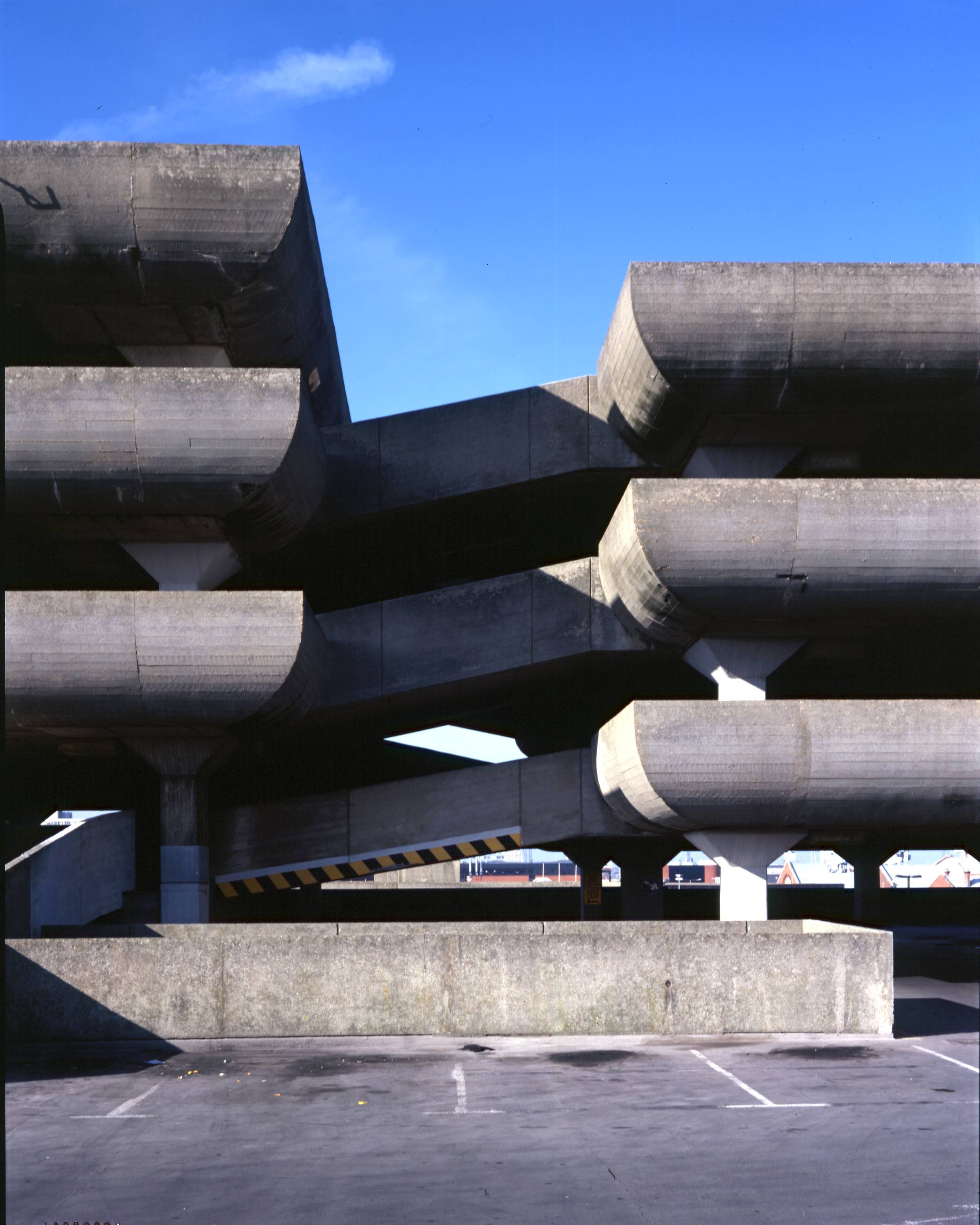
Tricorn Centre, Portsmouth, by the Owen Luder Partnership, architectureoftransit.com, @suebarr_foto
Jonathan Bell has written for Wallpaper* magazine since 1999, covering everything from architecture and transport design to books, tech and graphic design. He is now the magazine’s Transport and Technology Editor. Jonathan has written and edited 15 books, including Concept Car Design, 21st Century House, and The New Modern House. He is also the host of Wallpaper’s first podcast.
-
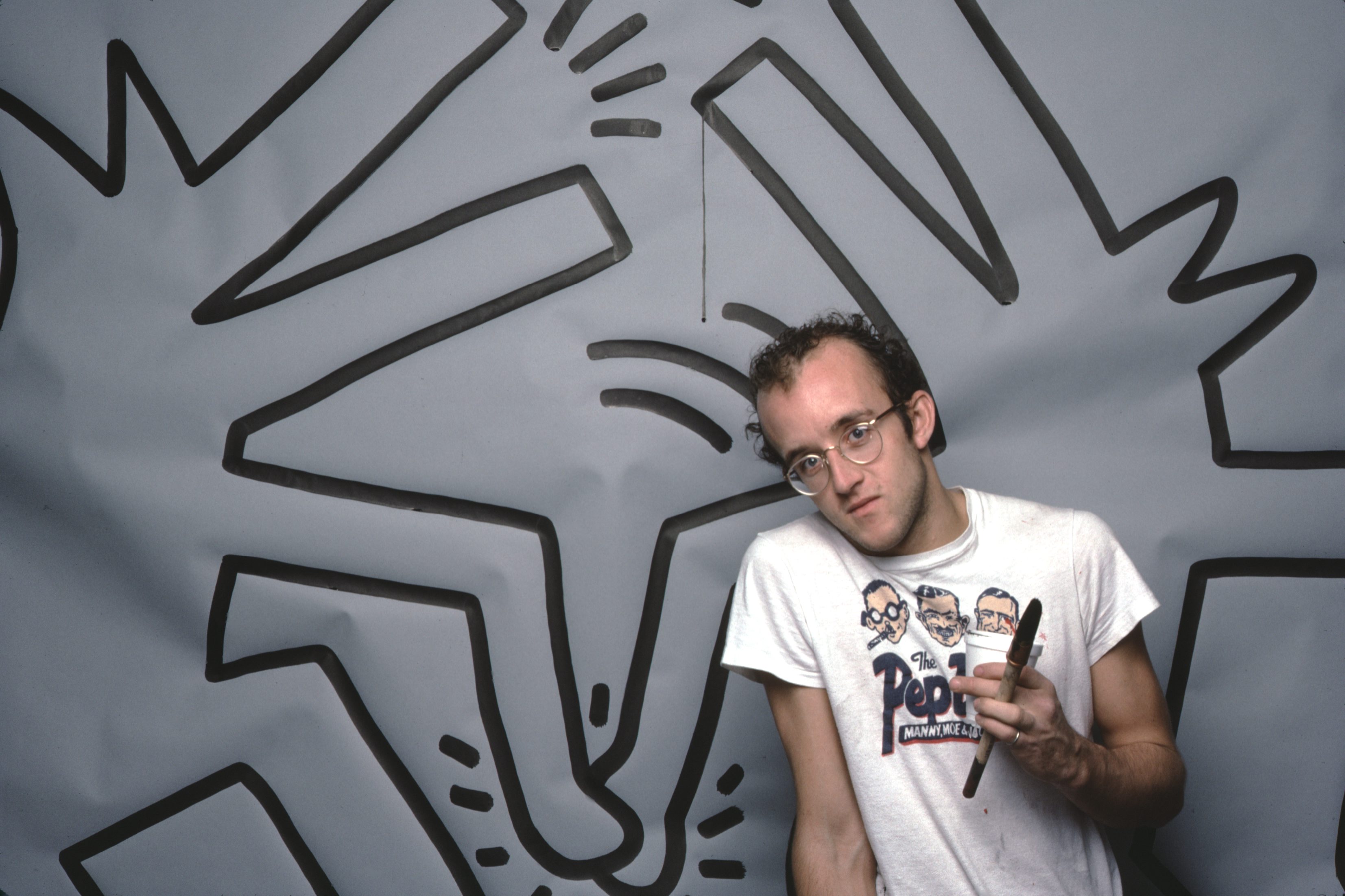 Modern masters: the ultimate guide to Keith Haring
Modern masters: the ultimate guide to Keith HaringKeith Haring's bold visual identity brought visibility to the marginalised
-
 Discover a hidden culinary gem in Melbourne
Discover a hidden culinary gem in MelbourneTucked away in a central Melbourne park, wunderkind chef Hugh Allen’s first solo restaurant, Yiaga, takes diners on a journey of discovery
-
 Nina Christen is the designer behind fashion’s favourite – and most playful – shoes
Nina Christen is the designer behind fashion’s favourite – and most playful – shoesShe’s created viral shoes for Loewe and Dior. Now, the Swiss designer is striking out with her own label, Christen
-
 Honouring visionary landscape architect Kongjian Yu (1963-2025)
Honouring visionary landscape architect Kongjian Yu (1963-2025)Kongjian Yu, the renowned landscape architect and founder of Turenscape, has died; we honour the multi-award-winning creative’s life and work
-
 Remembering architect David M Childs (1941-2025) and his New York skyline legacy
Remembering architect David M Childs (1941-2025) and his New York skyline legacyDavid M Childs, a former chairman of architectural powerhouse SOM, has passed away. We celebrate his professional achievements
-
 Remembering architect Ricardo Scofidio (1935 – 2025)
Remembering architect Ricardo Scofidio (1935 – 2025)Ricardo Scofidio, seminal architect and co-founder of Diller Scofidio + Renfro, has died, aged 89; we honour his passing and celebrate his life
-
 Remembering Christopher Charles Benninger (1942-2024)
Remembering Christopher Charles Benninger (1942-2024)Architect Christopher Charles Benninger has died in Pune, India, at the age of 82; we honour and reflect on his passing
-
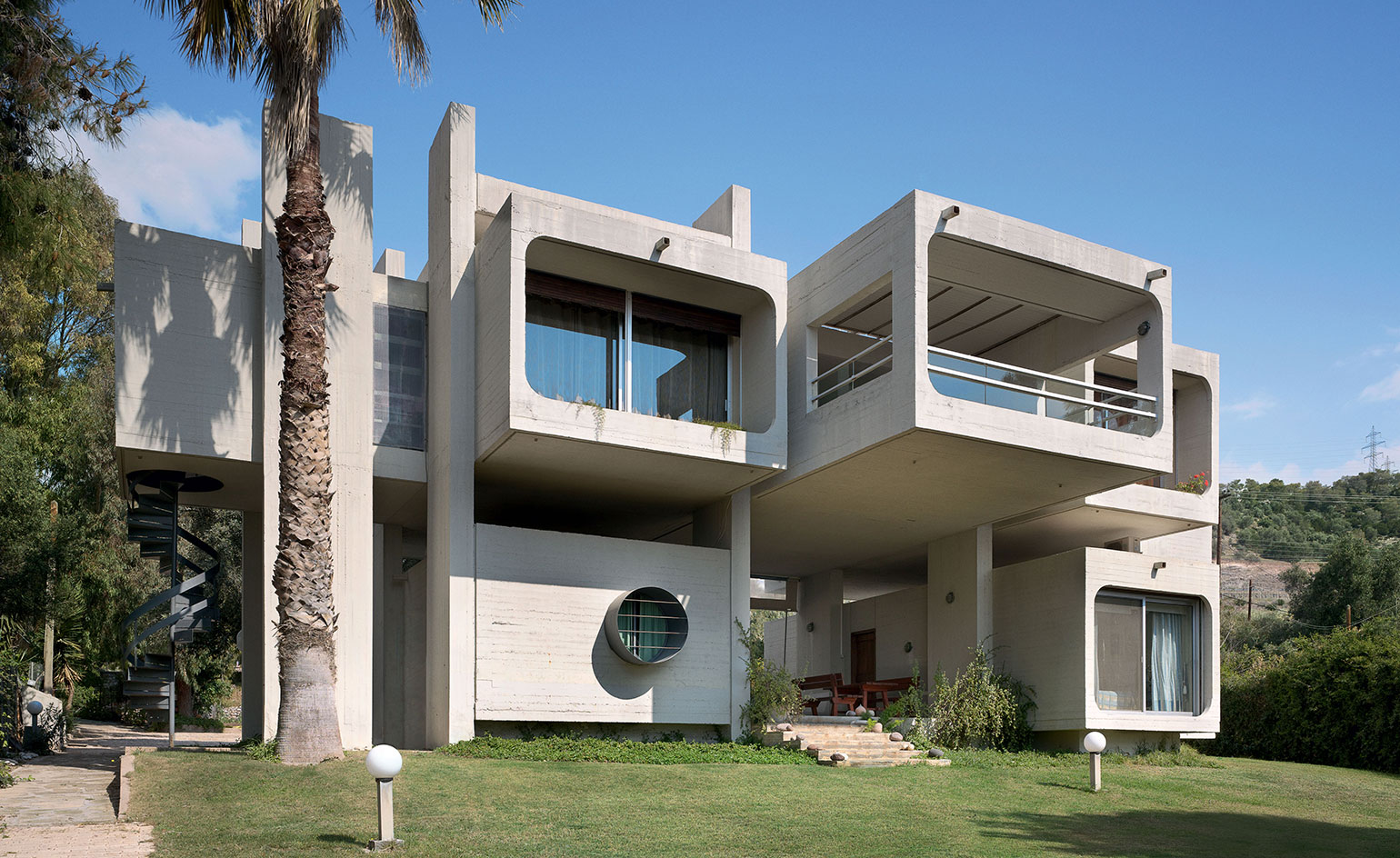 Remembering Alexandros Tombazis (1939-2024), and the Metabolist architecture of this 1970s eco-pioneer
Remembering Alexandros Tombazis (1939-2024), and the Metabolist architecture of this 1970s eco-pioneerBack in September 2010 (W*138), we explored the legacy and history of Greek architect Alexandros Tombazis, who this month celebrates his 80th birthday.
-
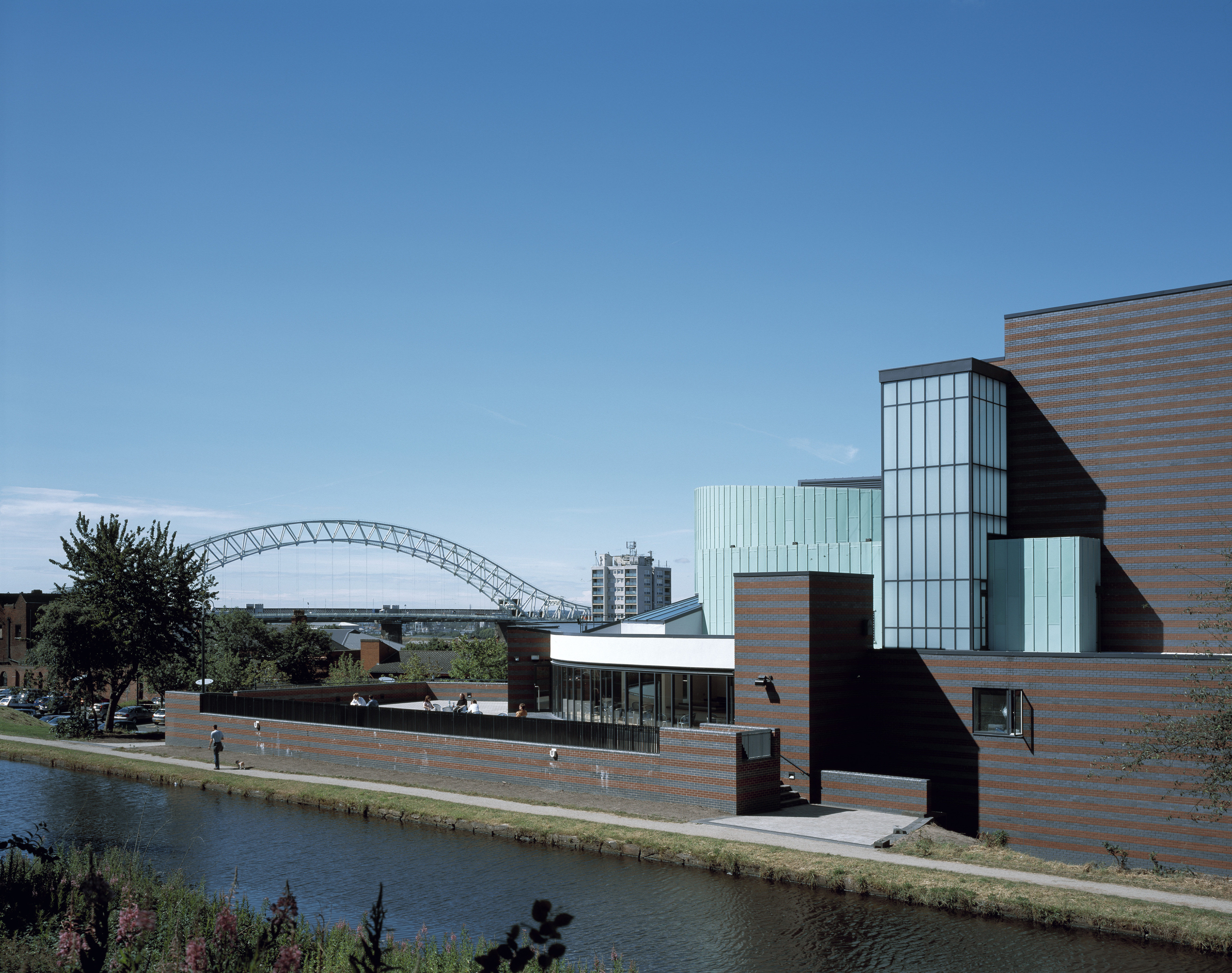 In memoriam: John Miller (1930-2024)
In memoriam: John Miller (1930-2024)We remember John Miller, an accomplished British architect and educator who advocated a quiet but rigorous modernism
-
 In memoriam: architect Antoine Predock (1936-2024)
In memoriam: architect Antoine Predock (1936-2024)The late Antoine Predock has left a lasting, international architectural legacy and portfolio, from residential designs to art museums
-
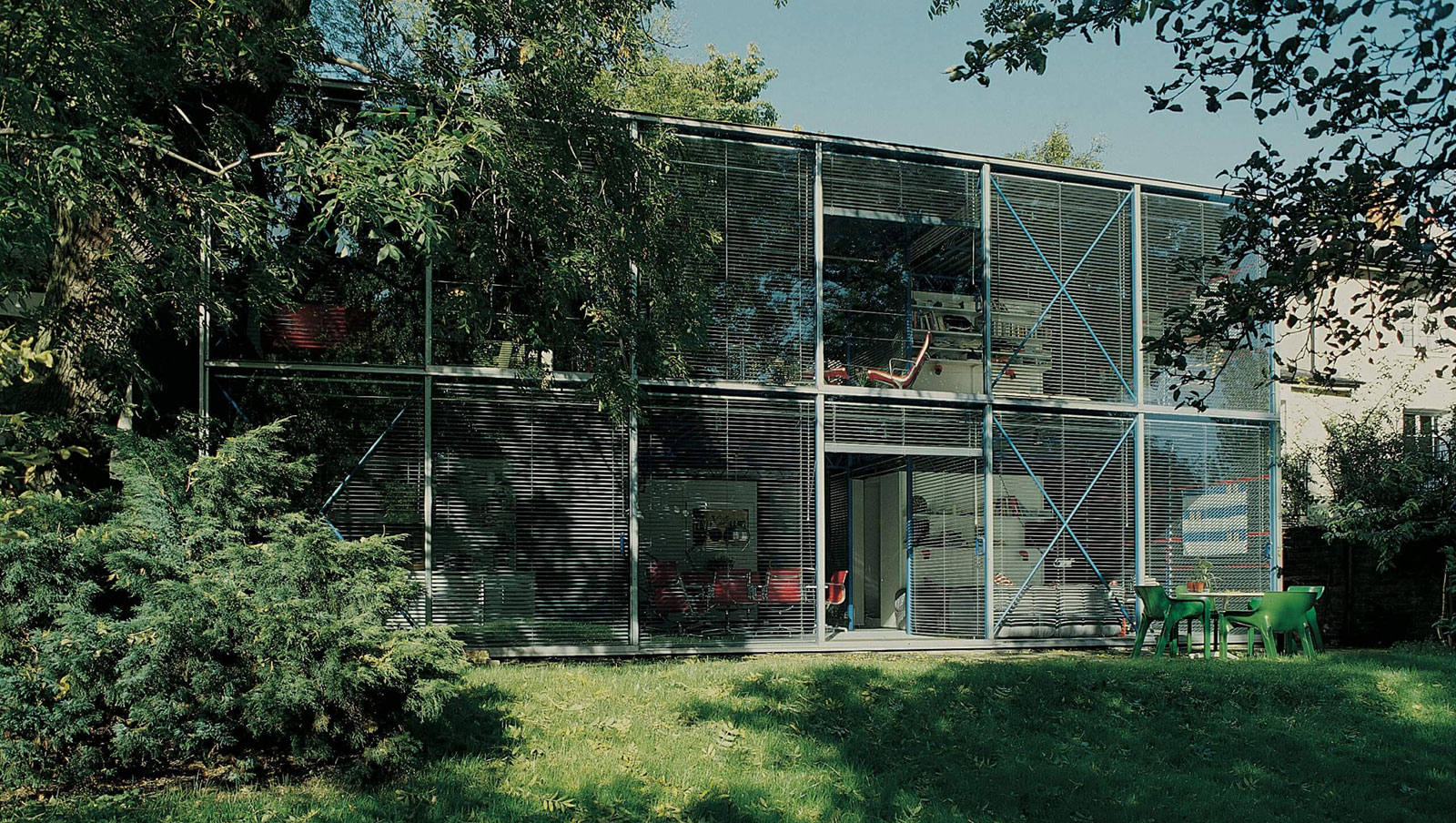 In memoriam: architect Sir Michael Hopkins (1935 – 2023)
In memoriam: architect Sir Michael Hopkins (1935 – 2023)Sir Michael Hopkins died in London on 17 June 2023; here, we celebrate his long, pioneering career in architecture